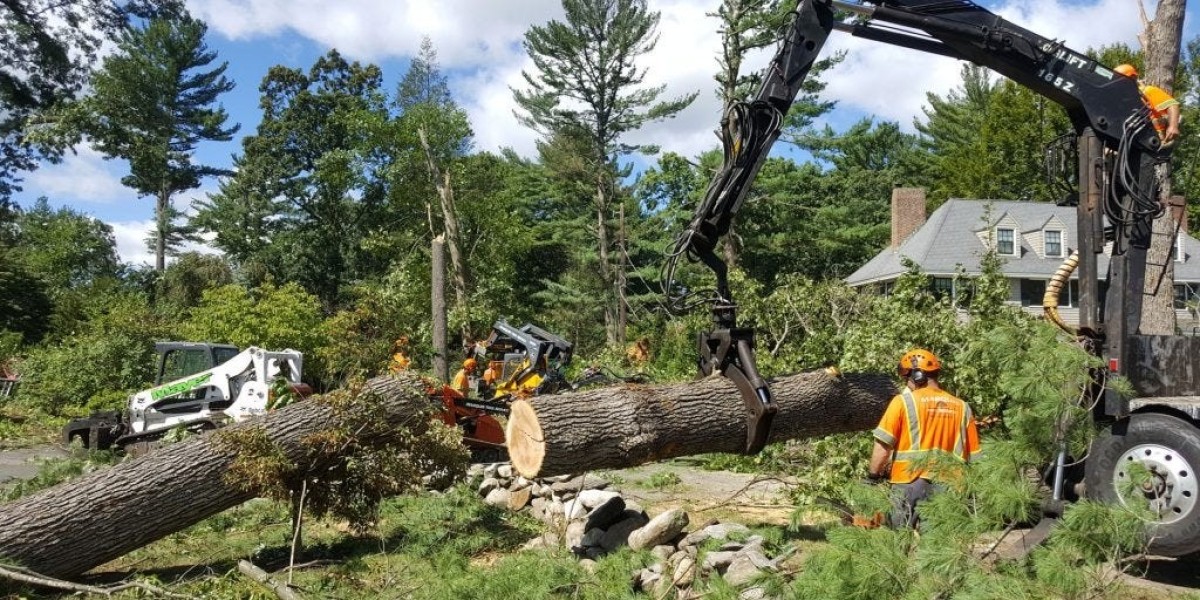Trees are living, breathing parts of our environment—but just like any living thing, they experience aging, stress, and decay. One of the most common maintenance tasks that tree owners overlook is deadwood removal. But what exactly is deadwood, and why is removing it so important?
We’ll break down the purpose of deadwood removal, when it’s necessary, and how it benefits both your trees and your property. Whether you're a homeowner, landlord, or business owner, this knowledge can help you keep your landscape safe and healthy with help from Luton Tree Surgeon.
What Is Deadwood?
Deadwood refers to the dead, dying, or decaying branches of a tree. These limbs no longer receive nutrients from the tree, making them brittle, weak, and susceptible to breaking off. Deadwood can occur naturally due to age, disease, storm damage, or poor pruning practices.
It’s a common issue, especially in mature or neglected trees, and while it may seem harmless at first, leaving it untreated can lead to more serious consequences.
What Is Deadwood Removal?
Deadwood removal is the process of cutting away these non-living branches to protect the tree’s health, improve its appearance, and ensure safety. It’s a vital part of routine tree care and is usually carried out by trained tree surgeons or arborists using professional tools and techniques.
Why Is Deadwood Removal Necessary?
1. Safety First
Dead branches are unpredictable. They can fall during storms, in strong winds, or even on calm days—posing a risk to people, pets, vehicles, and buildings below. Removing them reduces the chance of injury or property damage.
2. Prevents Disease and Decay
Deadwood often harbours fungi, pests, and bacteria. Left in place, it can spread decay to healthy parts of the tree. Prompt removal protects the rest of the tree and stops potential infestations before they start.
3. Improves Tree Health
Deadwood competes with healthy parts of the tree for space and light. Removing it improves air circulation and allows the tree to channel nutrients where they’re needed most—boosting growth and vitality.
4. Enhances Appearance
From a visual standpoint, trees full of dead branches look neglected and untidy. Pruning away deadwood gives your landscape a cleaner, well-maintained appearance—especially in gardens or commercial spaces.
5. Legal Responsibility
If your tree overhangs public pathways or neighbouring properties, you may be legally responsible for removing hazardous limbs. Failure to do so could result in liability if damage or injury occurs.
When Should You Remove Deadwood?
While deadwood can be removed year-round, the best time is late winter to early spring, when the tree is dormant and easier to assess. However, if the dead branches pose an immediate risk, don’t wait—Luton Tree Surgeon offers prompt, professional removal whenever needed.
DIY or Hire a Pro?
Small, reachable dead branches may be manageable with basic pruning tools. But for larger trees, high limbs, or extensive deadwood, it’s best to hire a qualified professional.
At Luton Tree Surgeon, we use the right tools, safety gear, and expert techniques to carry out deadwood removal efficiently and safely—minimising stress to the tree while protecting your property.
Final Thoughts
Deadwood removal isn’t just a tidy-up—it’s a critical part of tree care that protects your home, enhances your landscape, and supports long-term tree health. Ignoring it can lead to costly damage or even accidents. If you notice brittle, bare, or broken branches on your tree, don’t delay. Contact Luton Tree Surgeon today for a free assessment and expert advice on how to keep your trees safe, strong, and stunning all year round.








